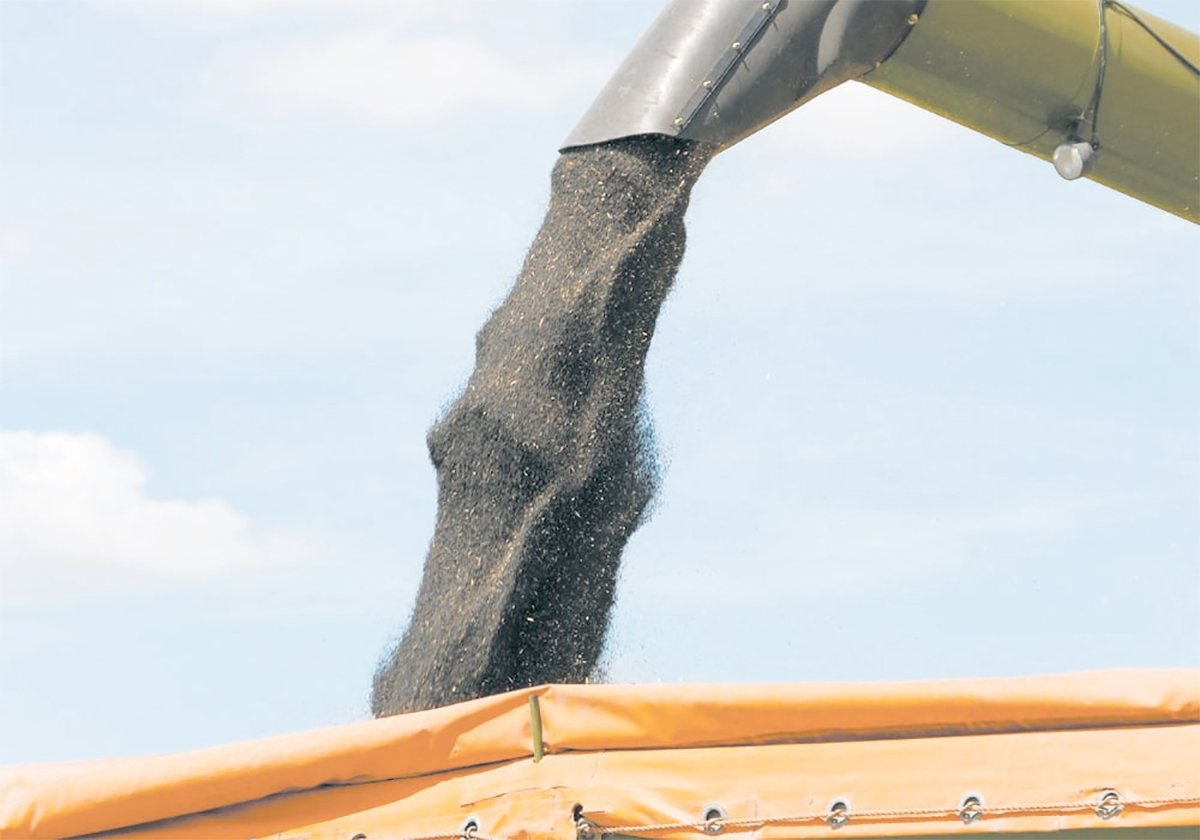Saskatchewan exports a greater percentage of its agricultural production than any other province, according to University of Saskatchewan professor Bill Kerr.
A recent article that Kerr published in the agriculture college’s Agknowledge publication painted an exciting global picture of opportunity for Saskatchewan exports.
Interestingly, Kerr referred to “a smoothly functioning international trade system.” Identifying the factors that contribute to such a smooth system seems to be the logical next step if Saskatchewan intends to capitalize on global opportunity.
An understanding of local transportation systems is extremely important to creating a smoothly functioning system.
Read Also

Determining tariff compensation will be difficult but necessary
Prime minister Mark Carney says his government will support canola farmers, yet estimating the loss and paying compensation in an equitable fashion will be no easy task, but it can be done.
For example, safe, relevant highways are key to facilitating the movement of goods within the country before export. Conversely, dangerous, damaged highways not only increase transportation costs for the people who produce exportable goods but also inhibit their ability to access services within the province — services that the exports are supporting.
An export-driven policy that doesn’t take basic local infrastructure into consideration is not sustainable.
Saskatchewan business relies on highways to transport a large volume of commodities for export, but businesses and individuals are watching their basic services erode without any long-term solution in place. If a smoothly functioning trade system includes safe highways, the province of Saskatchewan has some work to do.
If exportable products can’t move easily within the country, doesn’t it follow that potential export gains will be hampered?
If Canada, and Saskatchewan specifically, is positioned to provide global food security leadership, those leading should be sure that the foundation they are perched upon is not crumbling underneath. The entire picture before export should be understood to better identify where the system requires investment.
The Global Institute for Food Security at the U of S is well suited for just such a task.
In a 2012 article by the Canadian Press, university president Ilene Busch-Vishniac said a unique aspect of the institute is that it would be looking at the entire stream from production to delivery.
I applaud the intent to examine basic impediments to movement of goods, such as crumbling highways, will be highlighted.
Export decisions based on the realities of moving agricultural products within Saskatchewan and Canada will help develop a system that serves Canadians and its export customers as effectively as possible.
The institute has a global scope, and the challenges I have highlighted are local, but leading by example is powerful.
Provincial and federal investments into highways are shackled by short-term budgeting, but these same transportation routes are essential to realizing long-term profits from exports.
This is an important underlying concept that is not often discussed in terms of expanding exports. However, it is essential to developing a smoothly functioning trade system and demonstrating global leadership.














